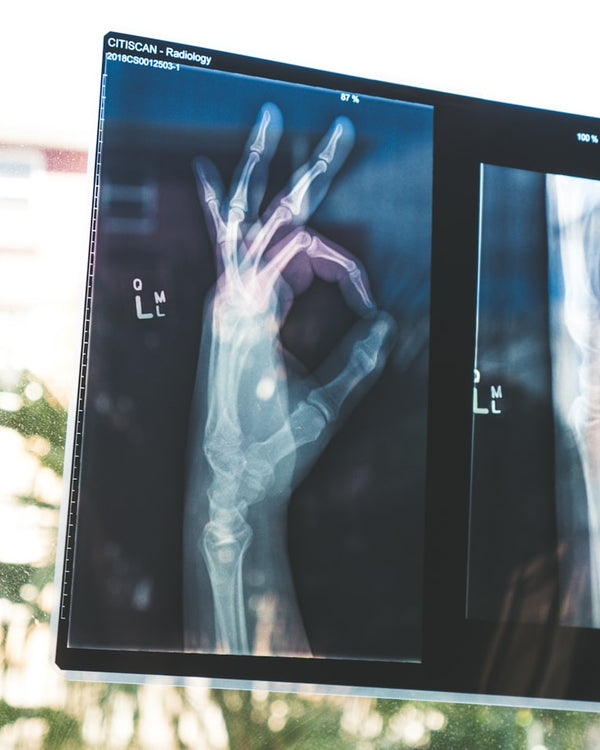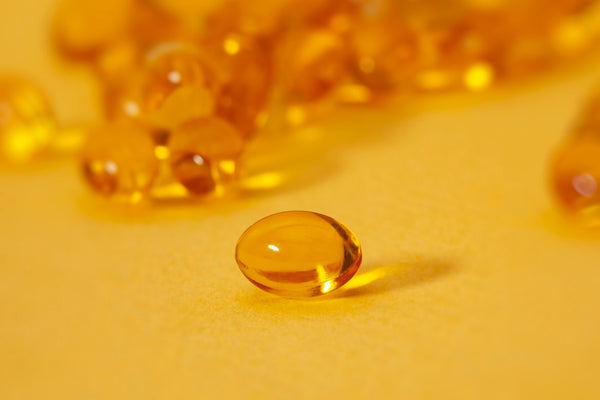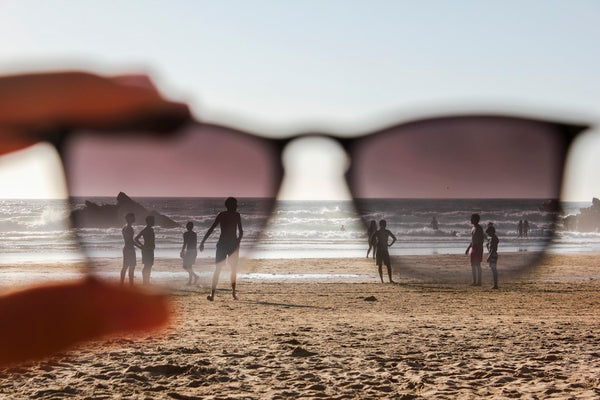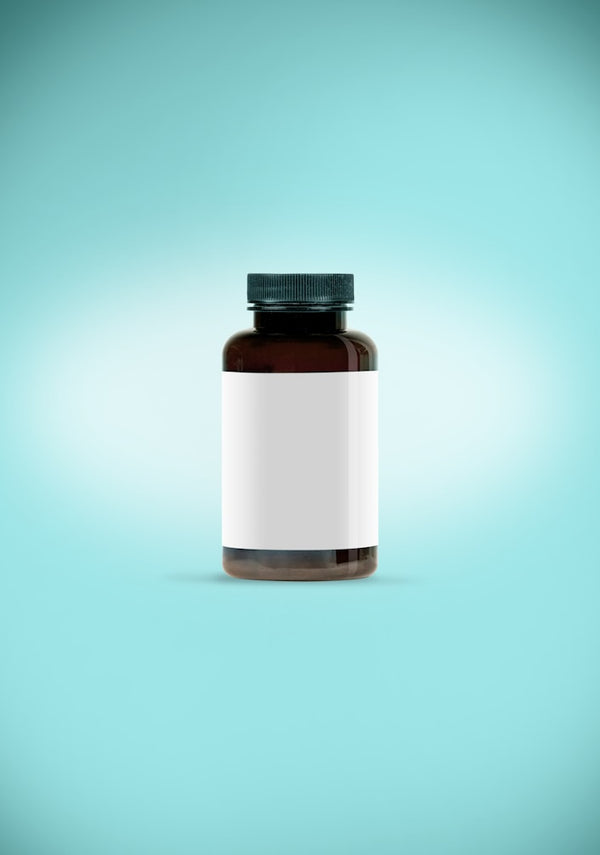People have different attitudes towards how they get their nutrients. Some prefer to eat mostly natural products. You put together an individual nutrient program for this purpose. In order to do that, you need to be well informed. Otherwise you cannot weigh the possible consequences. This is the case with all nutrients, including vitamin D. And one of the natural sources is the sun.
In principle, it is possible that you only get enough of the vitamin through meals and exposure to the sun. But especially in Europe there are often not many foods rich in vitamin D on the menu. We spend most of the time indoors. Most health authorities therefore recommend taking the nutrient as a dietary supplement.
Vitamin D: Nutrient from the sun
Vitamin D can be bought as a pill or drops in different dosages. The dose is given in so-called International Units (IU or IU in English). The Federal Office of Public Health (BAG) recommends a daily intake of 1000 IU for adults, 600 IU for children older than one year and 400 IU for children under one. A healthy vitamin D level and thus possible supplementation is also very important for children.
You should consider the following things:
- If you are sensitive to UV radiation, it certainly makes sense to take vitamin D as a dietary supplement. You should not put yourself at risk from UV radiation.
- If you only want to use the sun's rays, make sure that you do so at times when UV radiation is less strong. There is less risk of burning yourself in the morning or later in the afternoon. The more skin is exposed to the sun, the more of the important vitamin your body can produce.
- The BAG has also provided information on how long you have to stay in the sun to cover your daily requirement.
- People with darker skin generally generate less vitamin D from sun exposure.
- You can also overdose on the vitamin. So follow the recommendations of the health authorities or your doctor.
- You cannot overdose on vitamin D from exposure to the sun. When the body has had enough, it simply stops producing.
Sources:













